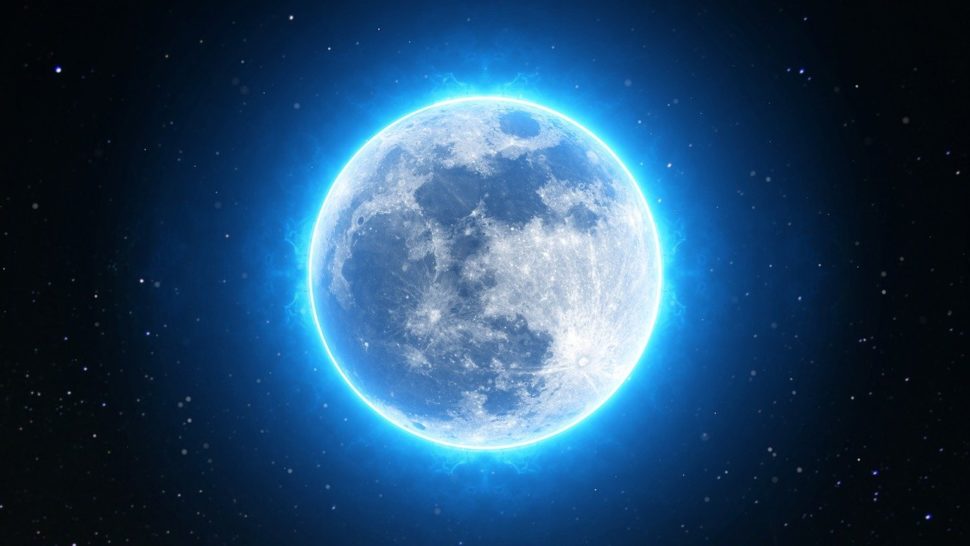Creating a moon colony comes with several challenges.
For example, low gravity can weaken muscles and bones. Also, isolation and confinement could lead to various behavioral issues. However, the biggest problem with moon travel might be radiation.
Beyond the protection of Earth’s magnetic field, radiation from the Sun and cosmic rays could cause some severe damages. It increases the risk of cancer, cardiovascular diseases, and dementia, to name a few.
But how much radiation would humans be exposed to on the moon?
Apollo astronauts attempted to answer this question using instruments called dosimeters. However, the team only measured their exposure over the entire trip. So, they never reported any data.
In other words, researchers had never systematically documented moon radiation levels — until recently.
Measuring Radiation Levels at the Far Side of the Moon
In January 2019, China’s Chang’e 4 mission landed on the far side of the moon.
Among other things, the robotic spacecraft was carrying the Lunar Lander Neutron and Dosimetry (LND) instrument. That way, it can measure radiation levels on the lunar surface.
After over a year of measurement, the results are available. Researchers at Kiel University, the German Aerospace Center (DLR), and the Chinese Academy of Sciences are now sharing the moon radiation data.
In a statement to the press, co-author of the study and researcher at the German Aerospace Center in Cologne, Thomas Berger said:
“The radiation exposure we have measured is a good benchmark for the radiation within an astronaut suit.”
The researchers published their findings in the journal Science Advances. Here’s a breakdown of the result.
Moon Radiation Levels is 200x Higher Than Earth’s
According to the data, astronauts on the moon will experience an equivalent radiation rate of roughly 60 microsieverts per hour.
That’s about 200 times higher than what we’re exposed to on Earth’s surface. What’s more, it’s about 2.6 times more than the International Space Station crew’s daily radiation dose.
Luckily, there’s a way to reduce the radiation.
For example, shelters constructed from thick layers of moon dust could provide adequate protection on the surface. Another option is to build moon bases in lava tubes and huge caverns that sprawl underground.
A researcher from Kiel University, Robert Wimmer-Schweingruber, explained:
“Astronauts can and should shield themselves as far as possible during longer stays on the moon, for example by covering their habitat with a thick layer of lunar soil.”
The first woman is expected to walk on the moon as part of the 2024 Artemis mission. The astronauts will also remain on the lunar surface for a week, conducting a minimum of two moonwalks.



















Comments (0)
Least Recent